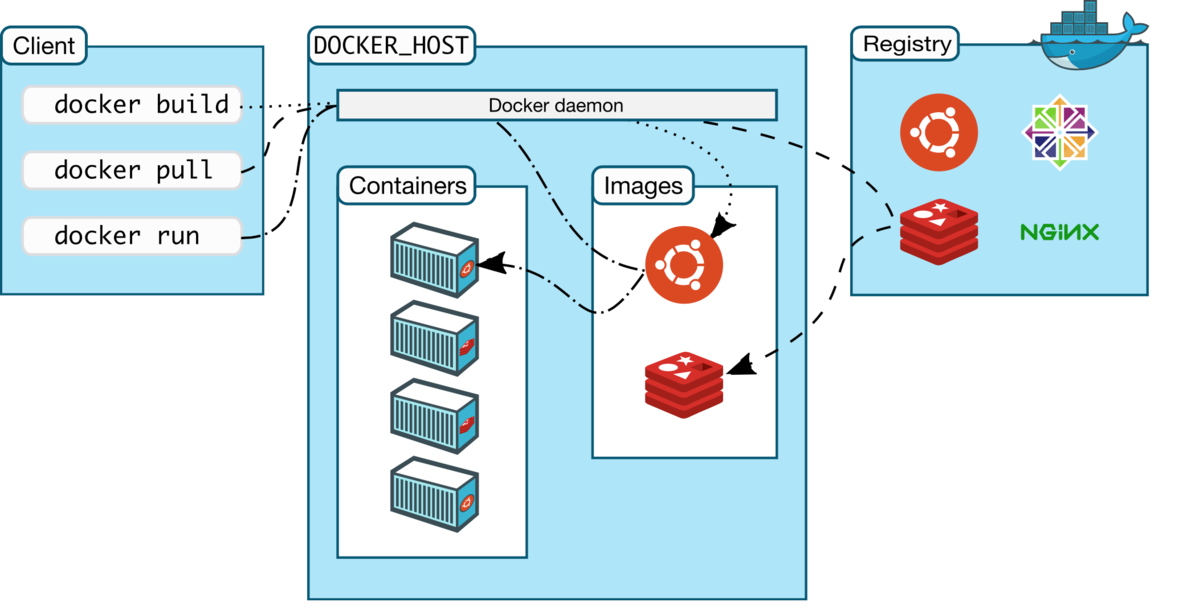Terminal User Guide
You can use the command-line environment interactively by typing a command and waiting for a result, or you can use the shell to compose scripts that run without direct interaction.
Execute commands in the shell
In the Terminal app on your Mac, enter the complete pathname of the tool’s executable file, followed by any needed arguments, then press Return.
If a command is located in one of the shell’s known folders, you can omit path information when entering the command name. The list of known folders is stored in the shell’s PATH environment variable and includes the folders containing most command-line tools.

For example, to run the ls command in the current user’s home folder, enter the following at the command prompt, then press Return:
1 day ago We spent many hours on research to finding hard mac laptop shell, reading product features, product specifications for this guide. For those of you who wish to the best hard mac laptop shell, you should not miss this article. Hard mac laptop shell coming in a variety of types but also different price range. Chsh -s /bin/tcsh will change your shell to tcsh Shell hell: Three or four unix shell programs are distributed with Mac OS X. These are tcsh, bash and zsh; ksh joins the family with 10.4.x. Each has its own syntax, but tcsh is fundamentally different from the others. Here are a couple of simple but essential examples of how the syntax differs. Using the built-in SSH client in Mac OS X. Mac OS X includes a command-line SSH client as part of the operating system. To use it, goto Finder, and selext Go - Utilities from the top menu. Then look for Terminal. Terminal can be used to get a local terminal window.
To run a command in the current user’s home folder, precede it with the folder specifier. For example, to run MyCommandLineProg, use the following:
% ~/MyCommandLineProgTo open an app, use the open command:
When entering commands, if you get the message command not found, check your spelling. Here’s an example:

% opne -a TextEdit.app zsh: opne: command not foundTerminate commands
Clear Shell For Mac Mouse
In the Terminal app on your Mac, click the Terminal window that is running the command you want to terminate.
Press Control-C.
This sends a signal that causes most commands to terminate.
Repeat previously entered commands

The commands you enter during a session are saved so you can repeat a previously used command without retyping it.
Shell For Macbook Pro
In the Terminal app on your Mac, press the Up Arrow key.
The last command you entered appears on the command line.
Continue pressing the Up Arrow key until you see the command you want, then press Return.
Shell For Macbook Pro 2020
